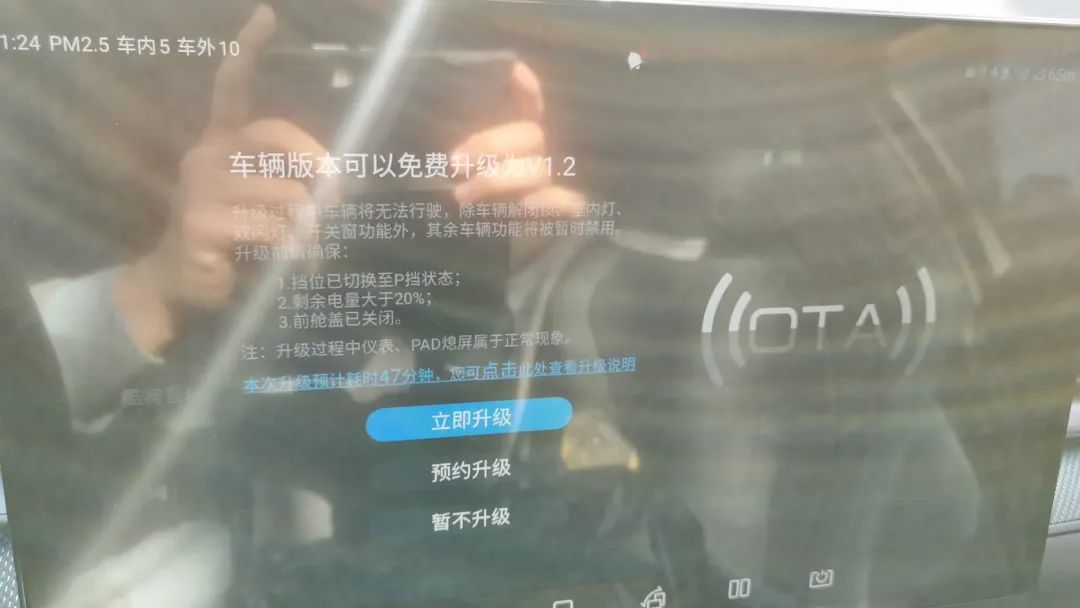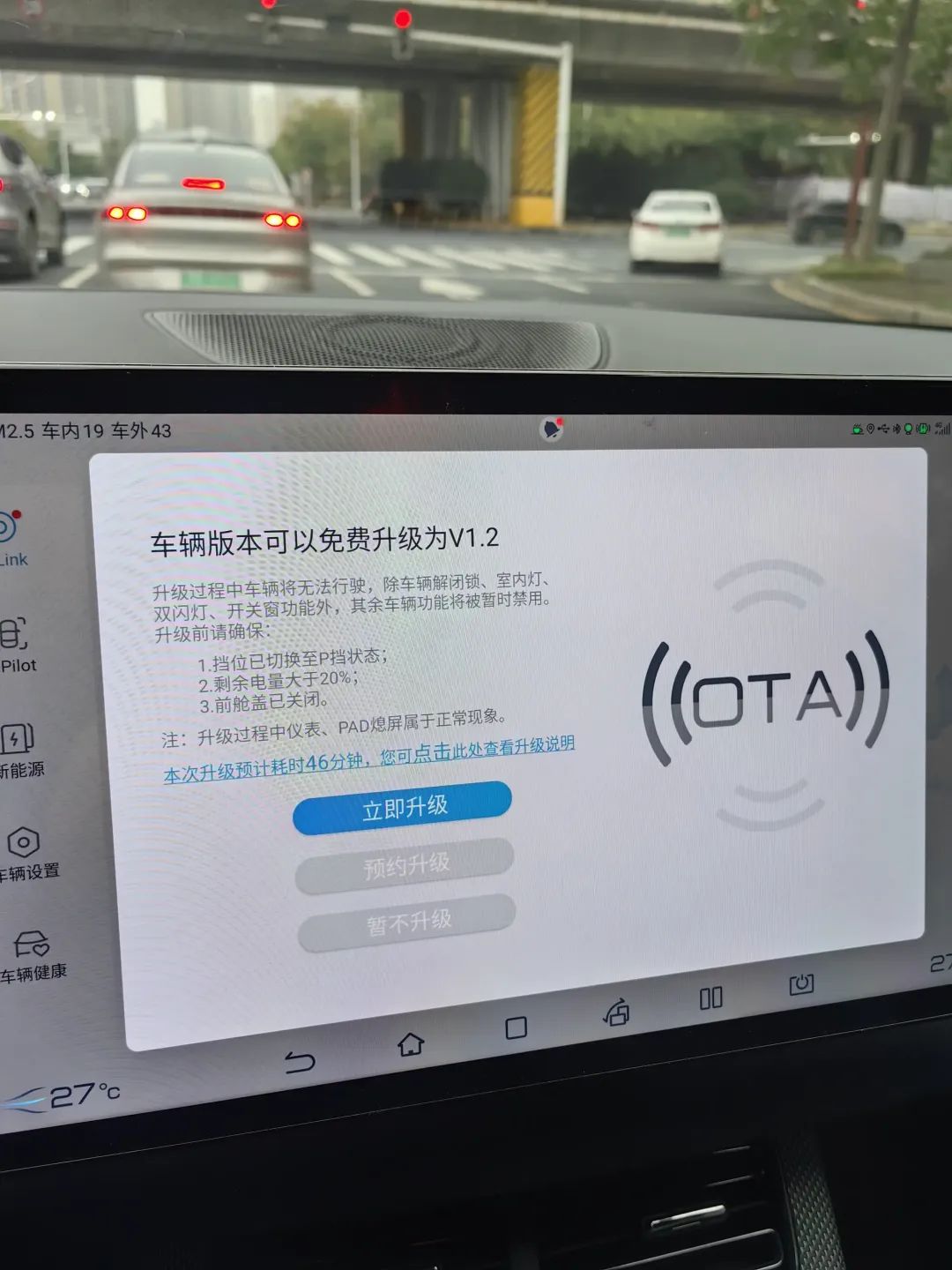Uncovering the truth behind BYD Han’s abnormal power trip problem during parking after OTA
Recently, BYD Han EV models have experienced large-scale abnormal power trip problems during parking, mainly focusing on the following three aspects:
①The battery capacity is less than 40%;

②The problem mainly occurs after OTA upgrade;
③The vehicle remains stationary for more than 4 hours.

Some car owners reported this power outage problem in the circle of car friends, and BYD officially gave an explanation:
Due to charging pile restrictions in some areas on the charging capacity, insufficient charging and discharging depth during use, and long-term storage, the vehicle's SOC (State of Charge, battery state of charge) calculation cannot be accurately corrected, resulting in long-term use. Later, the SOC was inaccurate, causing the battery to jump to 0% and unable to continue driving. In order to solve this problem, BYD has optimized the latest version of the BMS (Battery Management System) program. The specific optimization content is as follows:

On the basis of the original functions, a new SOC static self-calibration function is added. After the vehicle has been stationary for a long time, when a large deviation between the actual power and the displayed value is detected, SOC correction will be performed immediately to ensure that the driver can correctly identify the cruising range and avoid SOC jumping to 0% during driving. resulting in parking. In the event of a low SOC, the battery parameters can be corrected by simply performing a full charge as soon as possible. After that, with the passage of time, the occurrence of low SOC will be greatly reduced, and the matching between SOC and actual capacity will also be significantly improved.

According to many observations by car owners, BYD's blade batteries have different limit thresholds when charging. These thresholds will also vary with charging devices of different powers. For example, if a 1.5kW on-board charger is used, the charging limit threshold is 3.75V; while if a 7kW AC charging pile is used, the limit threshold is 3.55V.
When judging whether a battery is fully charged, voltage is usually used as the basis for judgment. For example, when the cell voltage reaches the charging cut-off threshold, such as 3.5V or 3.7V, the charging process will be terminated.
If the consistency of the battery is good and the voltage of all cells is close to the charge cut-off threshold, then there will be no problem of full charge, and the charge capacity will be relatively high.


When the consistency of the battery is poor, the following situation may occur: if the charging voltage of one of the cells reaches the charge cut-off threshold (such as 3.5V or 3.7V), while the voltage of the other cells is still at a lower level (such as 3.4V), the system will trigger charging stop. However, other cells are obviously not fully charged yet, which results in the system's charging capacity not reaching the nominal value. In this case, it may suddenly jump to 100% when charging to 95%.
During the discharge process, the determination of insufficient power depends on the cell with the lowest voltage. For example, the discharge cut-off voltage threshold is 2.8V. As long as the voltage of one battery cell reaches 2.8V and the voltage of other battery cells is still at a higher level (such as 3.2V), the system will determine that the battery is insufficient. This is also the reason why many car owners suddenly drop to 0% when the vehicle shows 30% battery remaining, which involves the issue of battery consistency.
However, the pressure difference between the head and tail of lithium iron phosphate batteries is large. As long as it does not exceed the standard, the impact is not significant. For example, for blade batteries, the difference in capacity is very small in the voltage range between 3.4V and 3.5V. According to observations, when my vehicle has a charge jump problem, the voltage difference is usually above 200mV, and when there is no charge jump, the voltage difference is below 120mV.
In addition, the sudden drop of high power to 0% can also be judged by the voltage difference. Taking the BYD Han EV as an example, when the battery level is from 5% to 98%, the voltage remains basically stable, with a change range between 3.1V and 3.35V. If within this power range, the lowest voltage is found to be lower than 2.8V and the voltage difference exceeds 500mV, you need to pay attention to the risk of power outage. (I have seen a car owner whose battery shows 0%, but the minimum voltage is 1.8V and the maximum voltage is 2.7V, but his car does not have a complete power outage. This situation is very rare)
Therefore, based on the above situation, observing the voltage, discharge amount and charging amount can still help predict and solve such problems.

The above is the full content of Uncovering the truth behind BYD Han’s abnormal power trip problem during parking after OTA







